James Vowles has revealed Williams was forced to use good old-fashioned sandpaper to make its car legal for the Dutch Grand Prix.
With a new floor on the car for the weekend at Zandvoort, Alex Albon delivered a superb performance to qualify eighth. Shortly after, however, the floor was found to be illegal. Agonisingly for Williams, it was by millimetres.
Vowles has confirmed that working on the area of the floor that was too wide at the rear with "400 grit sandpaper for a minute" got the job "done", allowing Albon to take part in the race in which he finished 14th.
Vowles has further stated an investigation remains "ongoing". Speaking to media, including RacingNews365, he added: "That tells you how complex the problem is."
As to why there was a failure in the first place that arguably cost Williams and Albon a handful of points given the Thai-British driver's qualifying performance, Vowles said: "We have two sign-off methods at the factory.
"The first is jig fundamentally, that is replicating the legal floor width, and it fits within that, so in other words, it is legal to put the jig.
"The second is on the car at the factory which was completed on Tuesday [before Zandvoort], and both of those checks revealed that the car was effectively legal.
"There was a further check on Thursday, which showed that the car was slightly over, and by slightly over, I mean decimals of a millimetre fundamentally.
"However, we did two things. You are always continuously adjusting the floor to make sure it is aerodynamically in the correct region, and I personally believe that one of those adjustments put the floor into a region where it was slightly more illegal than that, and that pushed us over the limit.
"Now with these situations you're always trying to get things to about zero, and you don't want to be under by two millimetres.
"But it's not important everywhere on the floor but there are a few regions where it is important. As it turns out, where we were illegal is not important aerodynamically whatsoever at all. We could easily have been under that."
Vowles stated there are now "process changes" in place, "making sure the floor is under width in all the areas that are insensitive and where it's sensitive to make sure that we're very legal in that regard."
The bottom line for Vowles, however, is that Williams "didn't do a good enough job scanning and making sure that we were replicating the exact procedures the FIA do.
"Because when you're talking about decimals of a millimetre, it doesn't change much to move you out of that position."
Don't miss out on any of the Formula 1 action thanks to this handy 2026 F1 calendar that can be easily loaded into your smartphone or PC.
Download the calenderMost read
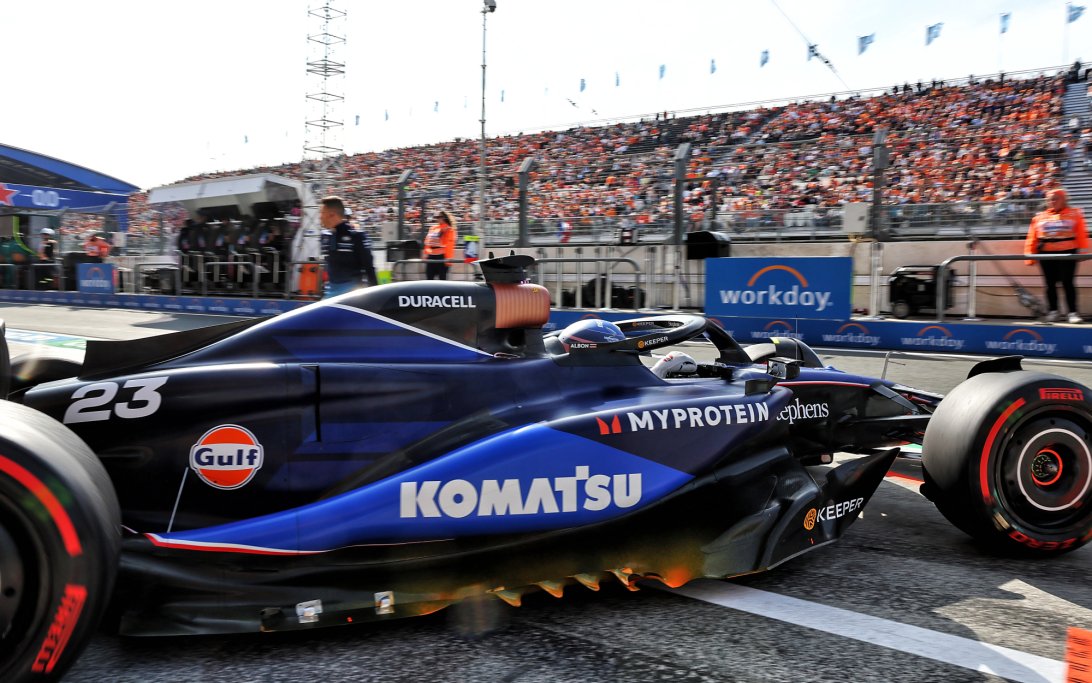
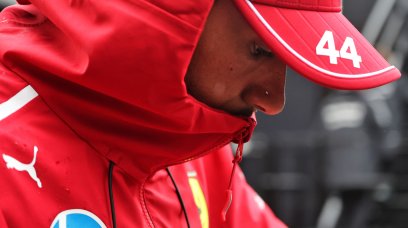
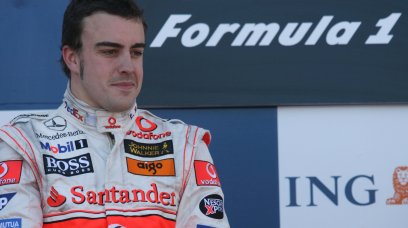
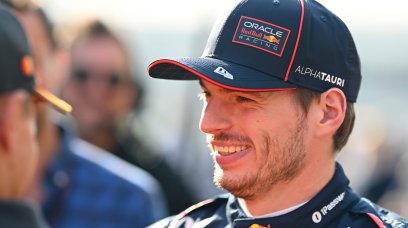

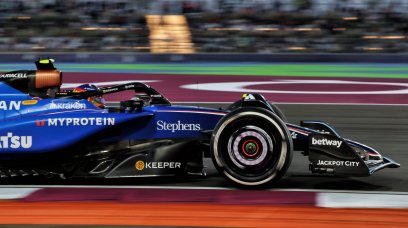

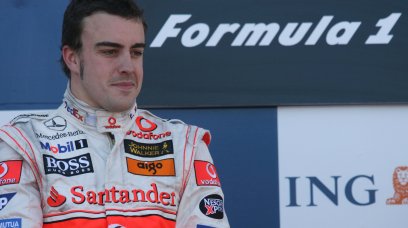
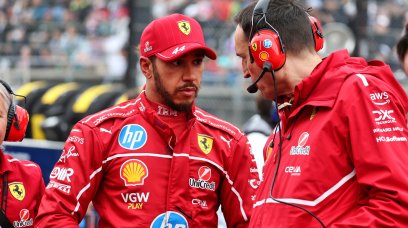
Join the conversation!